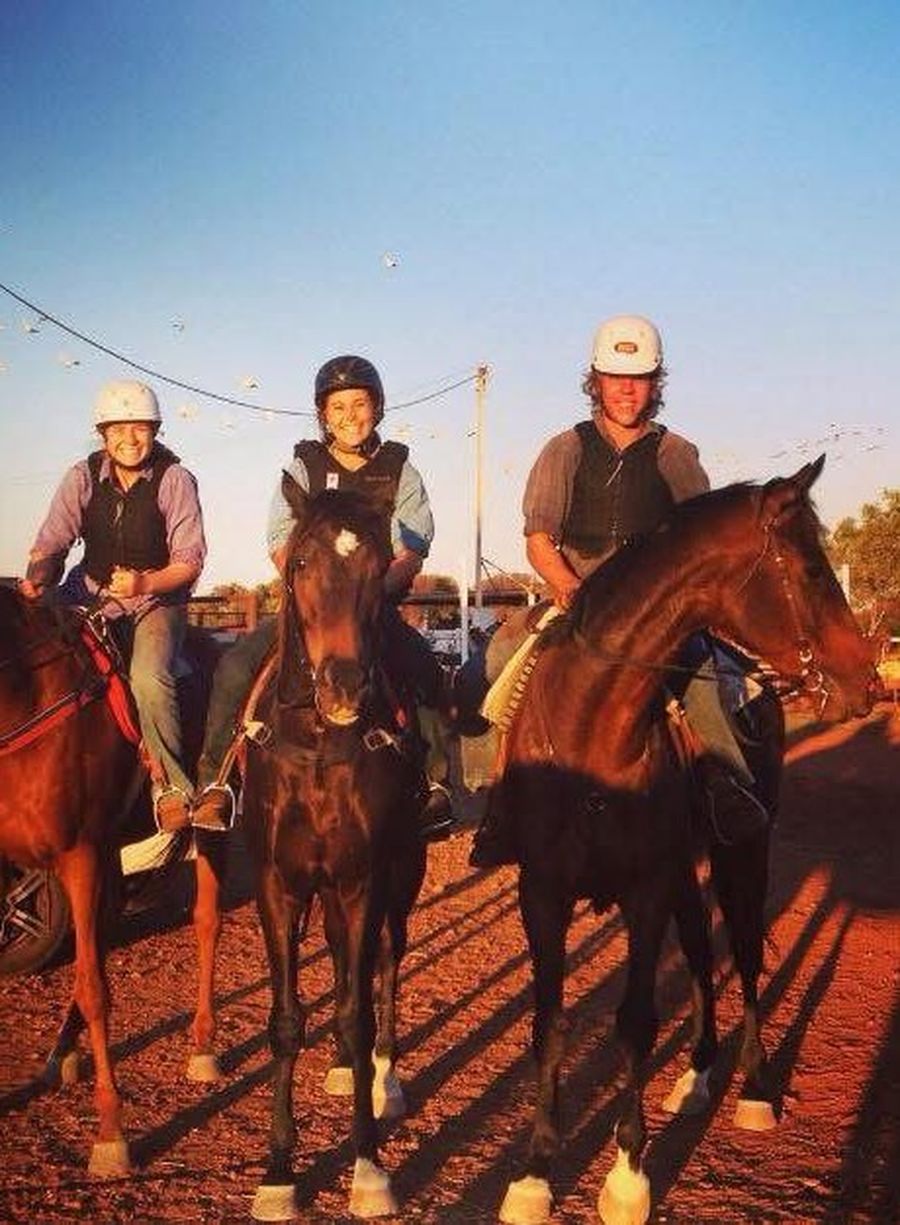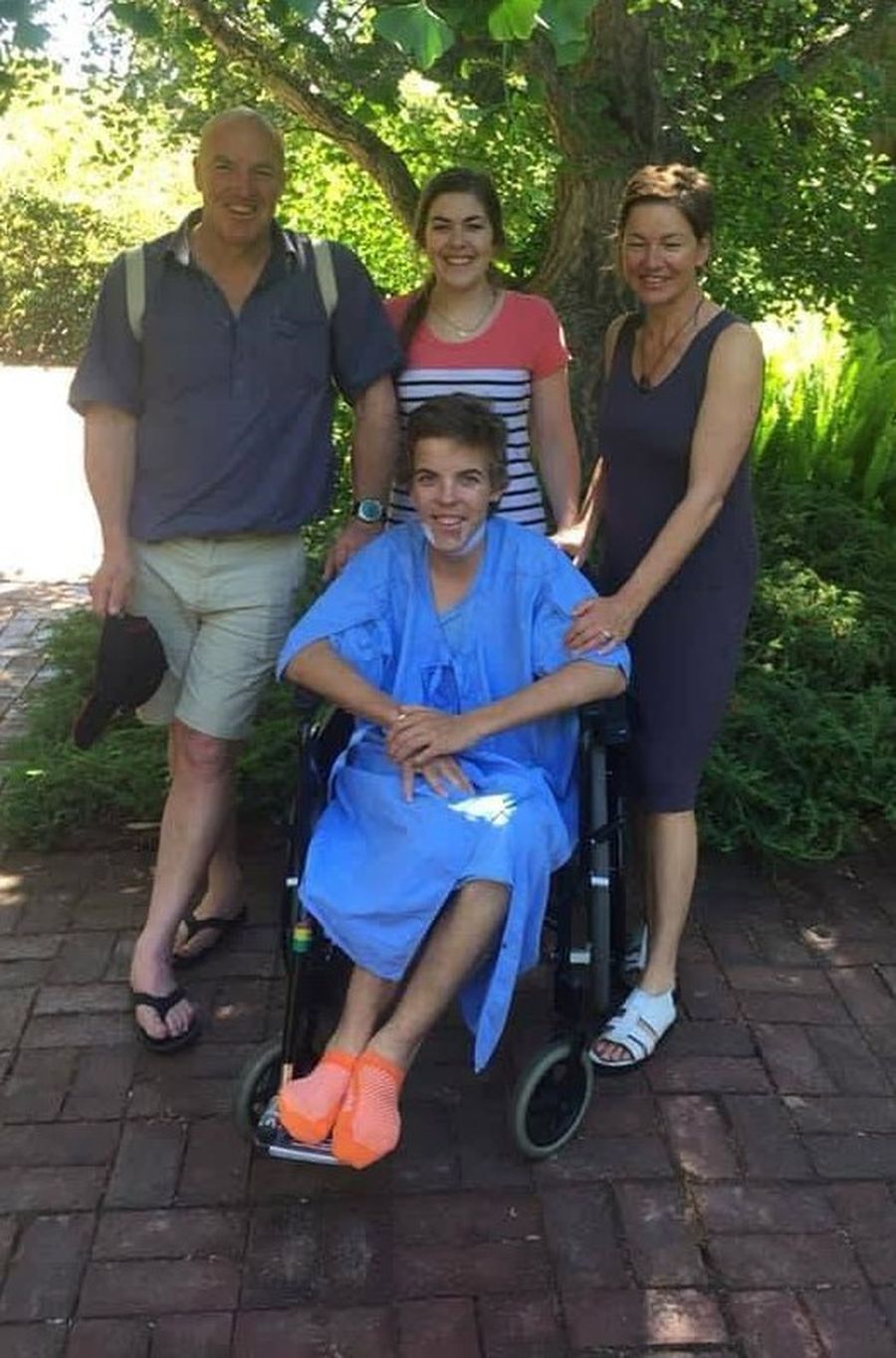

When a New Zealand born Jackaroo, named Fergus Gunn, first set foot on the red dirt soil of the Northern Territory’s Brunette Downs Station – some 550 km northeast of Alice Springs – in early 2015, he experienced something of a culture shock. Having grown up in the ever-green landscapes of NZ’s South Island, this would be Ferg’s first job away from home and his first time working and living in Australia. As Fergus shares in this extraordinary episode #138 of the Flying Doctor Podcast, he planned to spend the entire year immersing himself in outback station life, before flying home to his family for Christmas. His parents would soon come and visit him at the station and meet the close-knit crew of fellow farm workers and station owners who called the remote and expansive Brunette Downs Station their home. Fergus would quickly learn to love the daily rituals and work programs of outback station life. The rural adventures of checking troughs and boundary fences, mustering cattle on horseback and even strapping at the local horse races stretched out before him. But it would only be many months later, after suffering catastrophic injuries during a vehicle rollover, that Fergus would truly realise just how far away from home he was. Unable to fly due to the seriousness of his injuries, Fergus’ friends and family would battle to get Ferg back to New Zealand for Christmas, aboard the only Cruise Ship willing to carry him.

Having grown up on a family farm near Canterbury, on the east coast of the New Zealand’s South Island, Fergus has always had a passion for agriculture and farming. So, when a family friend told him about an opportunity to head to Australia’s Northern Territory, he returned home from Boarding School to prepare for the adventure of a lifetime. After settling into the work schedule at Brunette Downs and quickly making friendships that would last a lifetime, Ferg happily settled into the routine of cattle work, horse riding and general farm duties – along with weekends filled with team sports and rare trips to ‘town’ (Mt Isa). On the day before his accident, he had even played in a rugby league match - ironically to raise money for the Royal Flying Doctor Service - between the crews from Barkley stations vs the Gulf Station. (His Barkley team won that year!) Knowing it would be a long and lonely trip around the property to check fences the following day, Fergus offered to do the job. With no mobile phone coverage, safety check ins were regularly made between workers throughout the day, via vehicle radios. On this particular day, that simple but reliable safety protocol would help to save Ferg’s life.

By late afternoon, Ferg had failed to respond to any radio calls, so a fellow station worker, Claudia, was sent out to find him. She was told to ‘just keep an eye out for Ferg’ and give him a hand if he needs it. But when Claudia came across Ferg’s upturned Ute, her call back to the station for help would haunt her colleagues for months afterwards. What appeared to be a ‘blown out’ front tyre had caused Ferg’s 4WD to flip, flinging him from the vehicle and leaving his with catastrophic injuries. Much later, it would be determined that Fergus had broken six vertebrae and his bottom lip was completely split up to the side of his face. He was losing large quantities of blood and was slipping in and out of consciousness. But even after the alarm was raised, everyone at the station knew that the Royal Flying Doctor service would need to be dispatched from Alice Springs – which mean a two-hour flight and then a 40-minute road trip to get to where Fergus lay on the ground, bleeding out. His fellow station workers jumped into action, administering first aid, while a local vet administered plasma and lifesaving first aid, after recognising Ferg’s symptoms of internal bleeding and a punctured lung. Later, the RFDS frontline staff would give Fergus a life-saving blood transfusion on site, to help stabilise him for his retrieval to Alice Springs. While the RFDS was still on route, the station manager’s wife, Amanda, was given the difficult task of contacting Ferg’s parents, to alert them to the accident. Later, his worried parents would be able to track Ferg’s RFDS flight from Mt Isa to Alice Springs, and then on to Adelaide, on the RFDS live flight tracker, as they organised a mercy dash from New Zealand to Australia, to be by their son’s side. In the months that followed, as Ferg began his long but strong road to recovery, the care from his family and the regular check-ins from his friends at Brunette Downs, would inspire him to keep going. The following year, when Fergus was finally well enough to return to Brunette Downs to finish his ‘year’ in the outback, he would clearly recall feeling a strong sense of ‘coming home’ again.
You can track all our RFDS aircraft across Australia, 24/7 at Flying Doctor Flight Radar Map | Royal Flying Doctor Service

